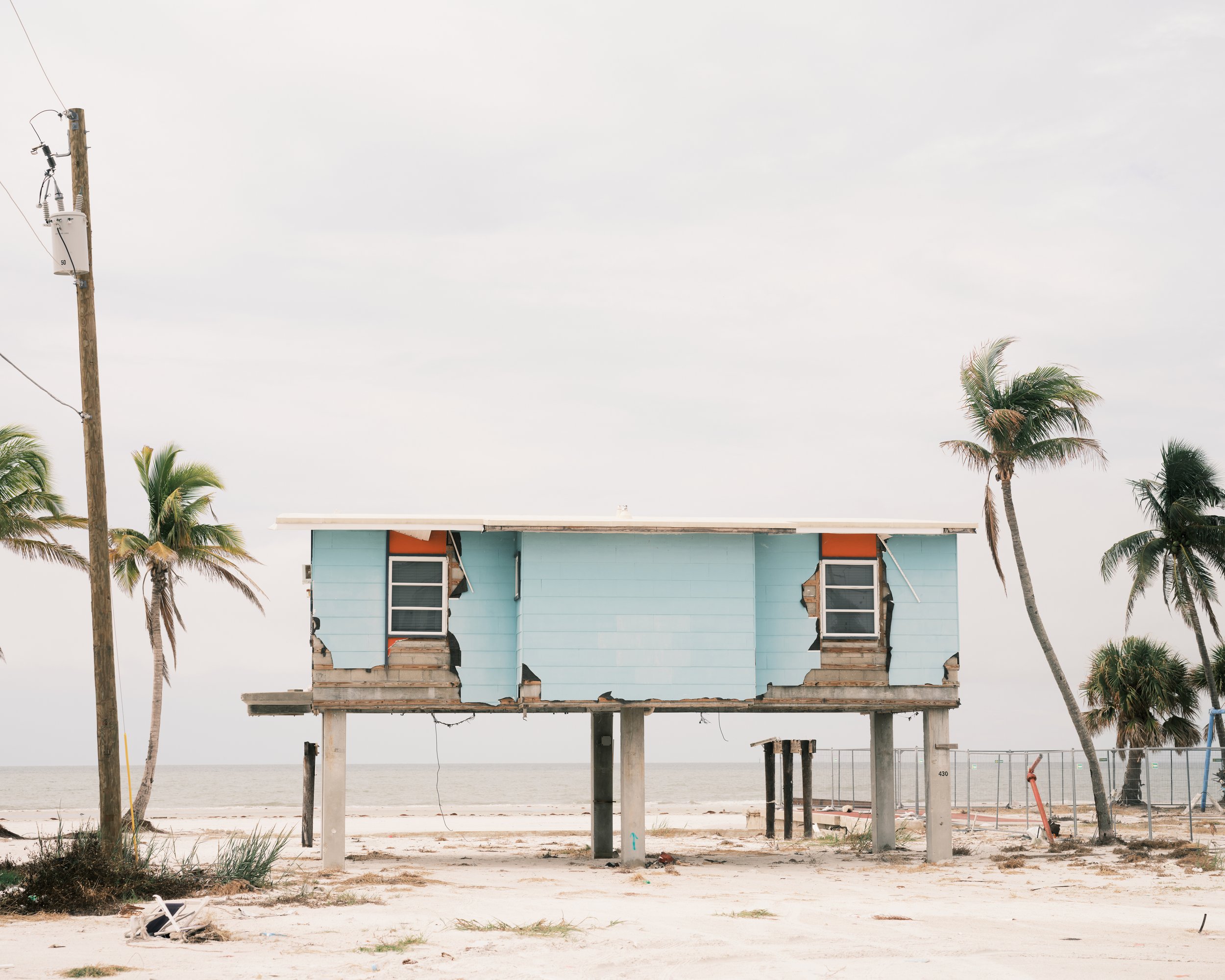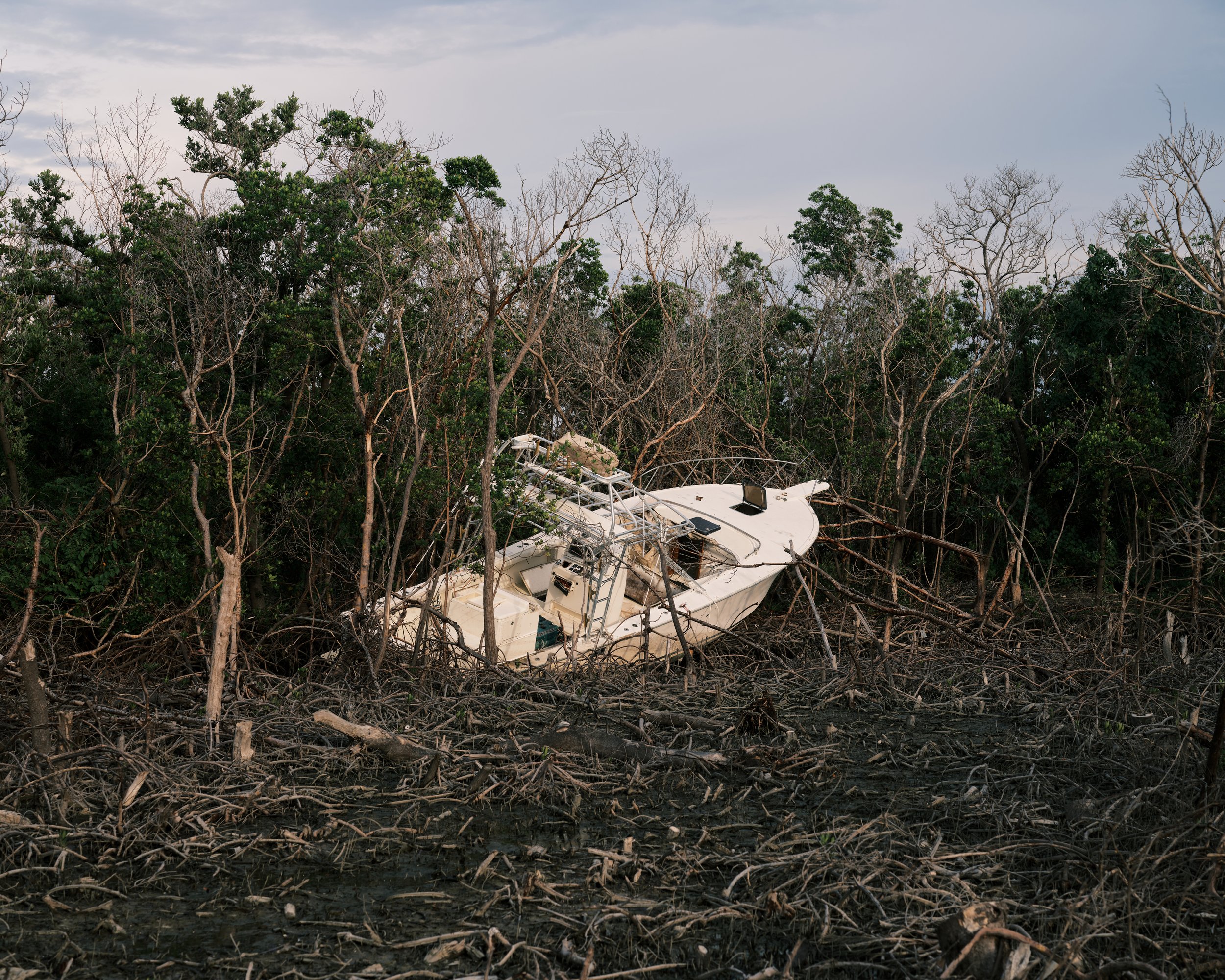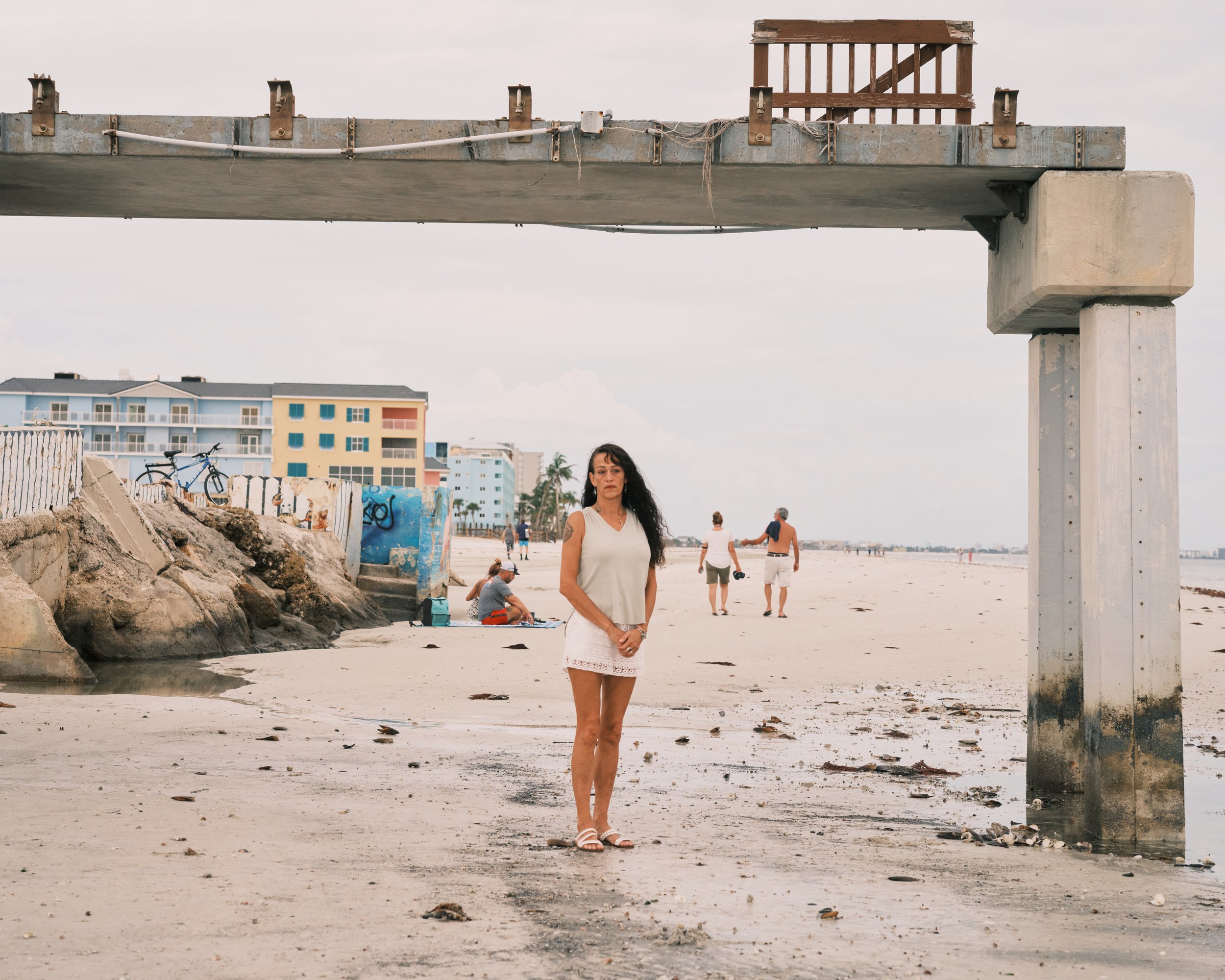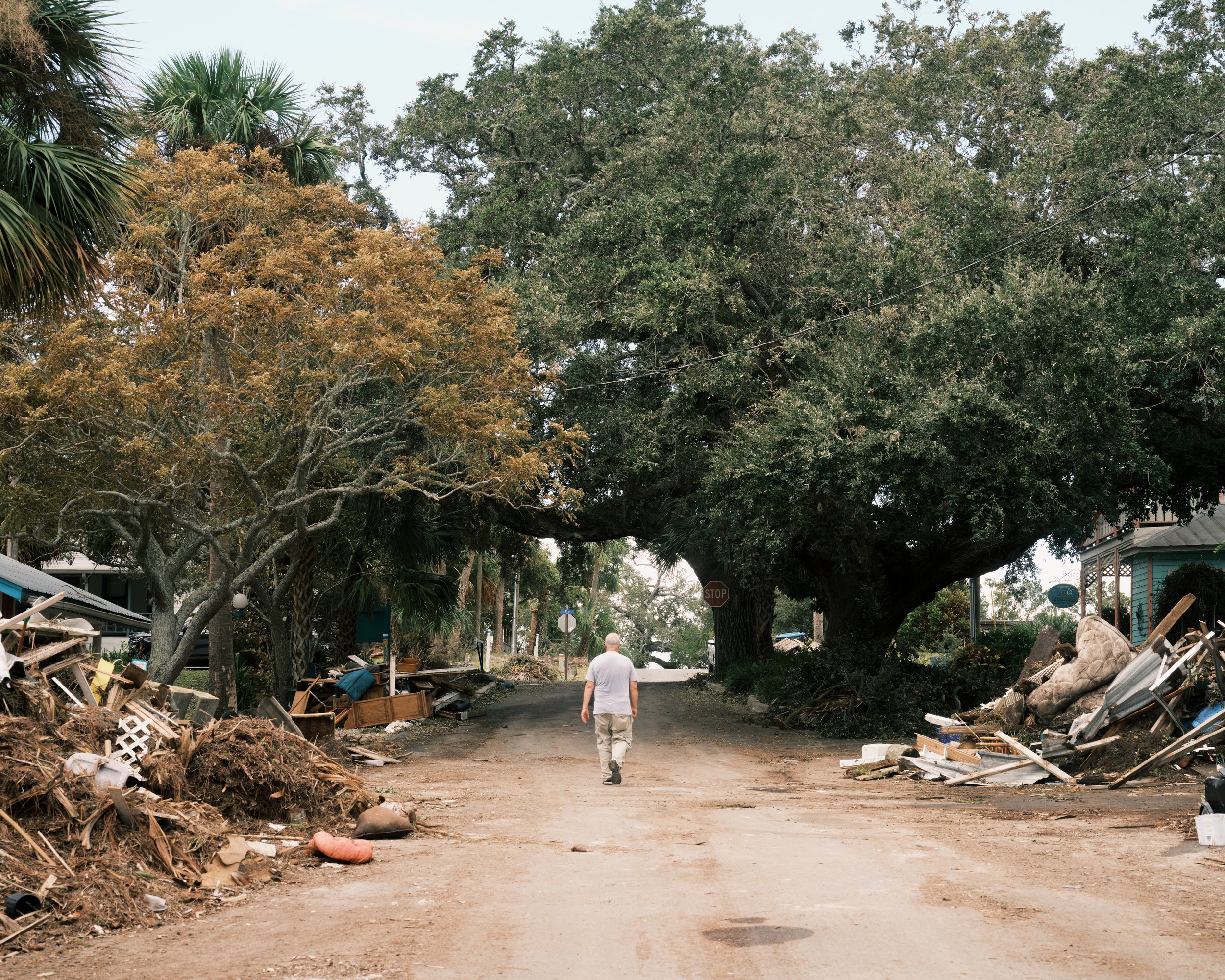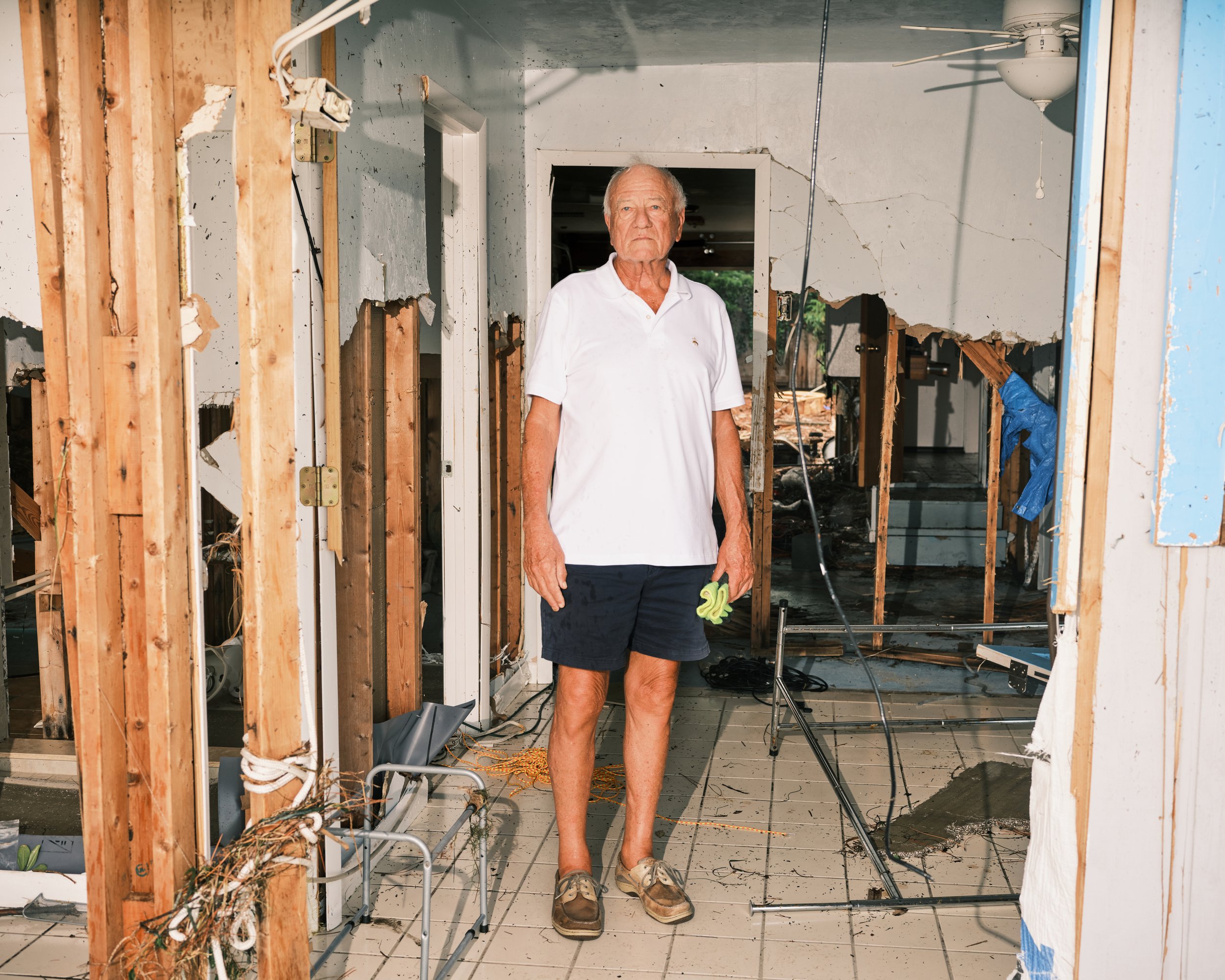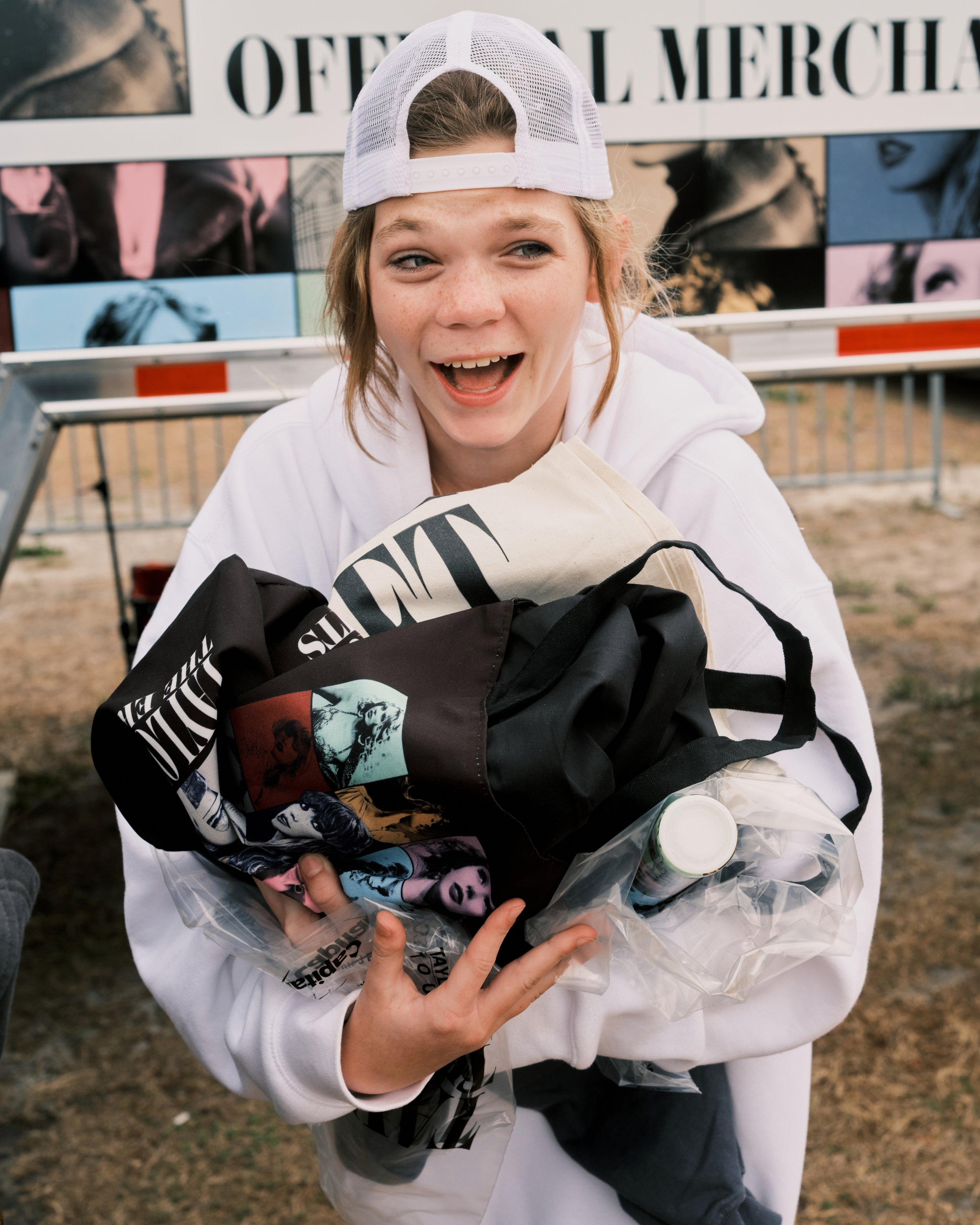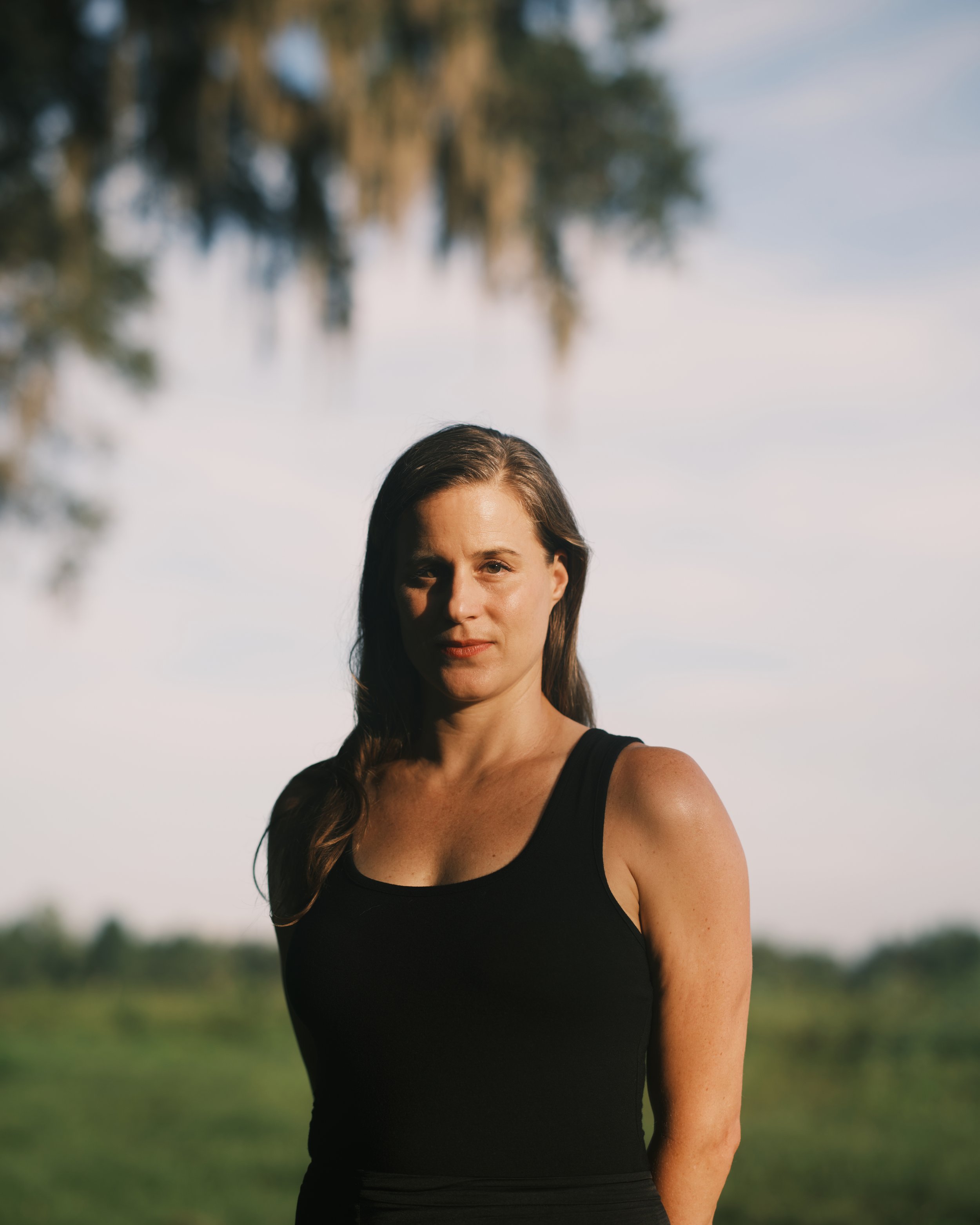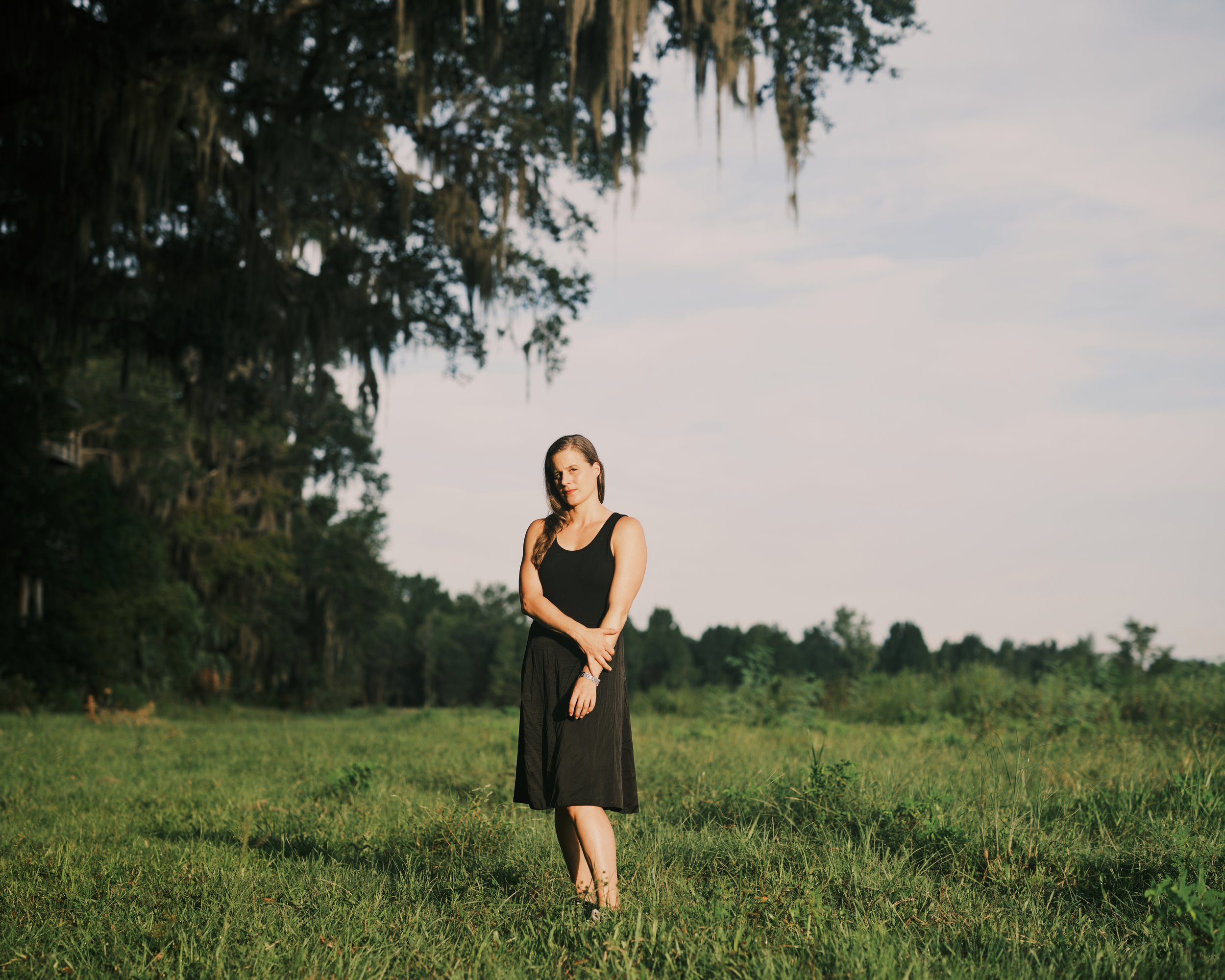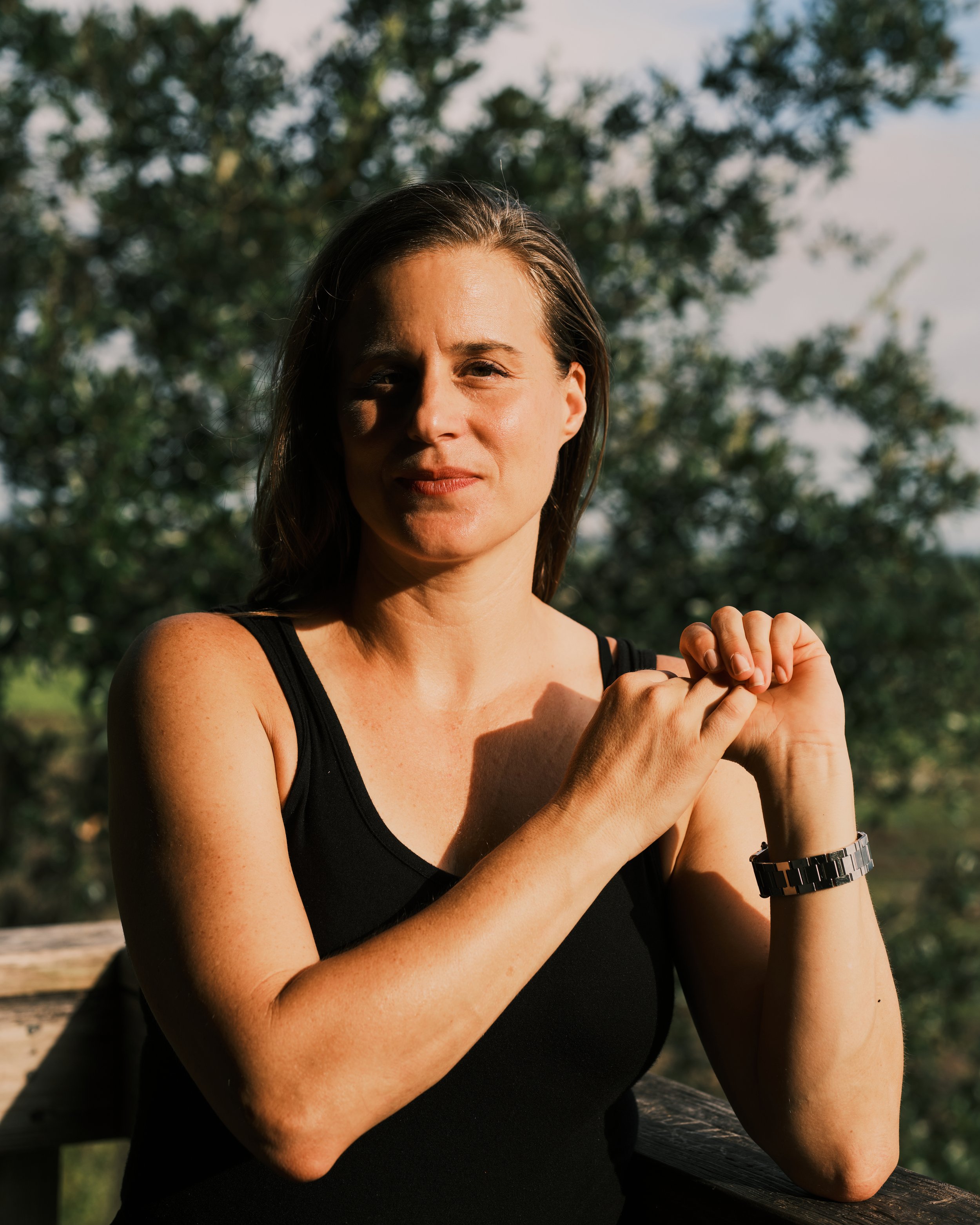Making the Work You Want: Interview with Photojournalist and Documentary Photographer, Zack Wittman
Zack Wittman is a photojournalist and documentary photographer based in Florida. I grew up in the college town of Gainesville, FL and was drawn to the way Zack’s work captures the diverse identities that encompass what it means to be a Floridian. As he said to me, “I'm not from Florida, but I've been here since 2015 so I think I've earned the right to defend it. That's not the scope of the work, but it's definitely part of it. I want to make work about Florida for people from Florida. And if they're not from Florida, I want them to understand something about it.”
We had a wide-ranging conversation about what it means to create work the that feels aligned with your creative vision, even if that means narrowing the scope, doing something widely different than the consensus, and taking chances. We spoke about:
What it was like breaking into a highly competitive field
What photography has taught Zack about letting go of control
How to capture authenticity
Putting the work you want to be known for at the forefront
Engaging in passion projects during moments of uncertainty
Photo credit: The photographs featured throughout the piece are all photographs by Zack Wittman.
Note: The following interview has been lightly edited for clarity and length. While every effort has been made to preserve the integrity of the conversation, please be aware that the quotes may not be verbatim but reflect the essence of the dialogue.
What are you up to in life right now?
I'm a freelance photo journalist/documentary photographer. I work for clients all over the world photographing stories - the New York Times, Washington Post, Wall Street Journal, as well as magazines like Time. So that’s the boring part of it. The more interesting and detailed part is that I am working in Florida and exploring the identities of what it is to be a Floridian. I’m exploring what living in Florida is like amid climate change and capitalism and overdevelopment. That’s really the nitty-gritty of it. The way that I do that is through assignment work. Someone will call me with an assignment that either pertains, or doesn't pertain to, what I'm interested in photographing. I can use that as an opportunity to meet people and see things that I wouldn't normally get to see.
What was it like breaking into photojournalism after college?
I had this moment in my dorm room where I decided that I wanted to be a photojournalist. I wasn’t naive enough to think that it would be easy. It is one of the most competitive fields that you can get into. I would say 90% of the people, who either graduated with or we're in a year above or below me in school, are not working photojournalists. A lot of them are still in photography but the documentary and photojournalism aspect is crazy competitive. There were so many people I talked to who said, “Oh, I really wanted to get into that but couldn’t make it work.” So I said to myself, “If you're gonna do this. You have to work super hard at it.” I was a really bad student in high school and college until I found something that I really wanted to do. I committed myself to it by working on personal projects and applying to a lot of internships and making connections. I went to workshops by myself and met as many people as I could. I also did internships and had some success in winning contests and workshops, which led to new opportunities with other internships and jobs.
My first internship was at the Tampa Bay Times, which is what brought me down to Florida. I'm from Michigan originally. It was a year-long internship with the possibility of getting hired. I worked there for a year and it just didn't click for me working in a newsroom. The idea of being in a newsroom every day and not being out and photographing, and not being able to have my own creative process, didn’t work for me. But I thought maybe it was just the internship. I thought it might be different once I got a staff job. I worked at the Bradenton Herald after my internship ended for about a year. The Herald couldn't hire me for 3 months after my internship ended so I started freelancing on the side, and I completely loved it. If you are really busy as a freelancer you are making more money. If you are really busy as a staffer, you are just busy and stressed. It was exciting for me to be busy with freelancing. When you're at a staff job, it's like, “Oh, you're just the guy that's around that they're already paying.”
The agency of freelancing was super appealing to me. Once I got to the Herald, I told them that I was gonna continue freelancing. I was honestly making more money doing that. Eventually, they told me that I couldn't work on certain stories at the Herald if I kept freelancing. It was the impetus that I needed to quit and never look back. I bought a bunch of beans and rice in bulk because I was prepared to be broke, but it never really happened.
I found an old article from The Tampa Bay Times where you were interviewed. You said that one of your favorite parts of photojournalism was being at the mercy of a situation and being forced to let go of control. Does that still resonate with you? What have you learned from having to let go of control?
I don't remember saying that but it definitely holds true. There's something about letting the world happen in front of you that is more beautiful than I could ever imagine. I'm not a writer so I don't have this deep imagination to pull from. For me, the best way to make beautiful work is to find it. That's the whole thing…finding it and letting it happen to you, and being open to the situation, and being open to the experience.
There have been so many times when I went to an assignment that I thought would be boring and then made an interesting picture that I did not expect to. It's taught me to be open to experiences in photography but also outside of photography. I've met a lot of great people and had good personal experiences just from putting myself into situations and taking my hands off the wheel. I ended up driving an airboat in the Everglades because I was just out on the airboat with this guy from the Miccosukee Indian Reservation, and he taught me how to drive it. It's been good for me personally to relinquish control of that kind of work. It’s different than the commercial work that I do where I have to grab the reins. I enjoy the challenge of both types.
One thing that struck me in looking at your photographs is the way you capture people in very intimate and vulnerable moments. What have you learned about being vulnerable from capturing people in those types of moments?
I’ve been doing this type of work for such a long time that it’s almost become second nature. I worked in Flint, Michigan for a long time during and after college. It was before the water crisis, but it was still a place that already had a lot of issues. I saw families that were living really hard lives. The thing that I learned was mostly not to think too much and to be a person first. The more you try and intellectualize it and think, “Okay, I need to be really vulnerable and I need to be open,” you end up coming off as disingenuous. It doesn't work. I think what's worked for me is going in with an open mind and open arms. I’ll say, “Hey, let's just chat for a while.” I think there are a lot of situations where you benefit from not taking pictures and just being there. You can make time at the end to take photos. The relationship and the pictures will benefit from that. Walking into a tense and emotionally charged room with a camera is always going to be difficult. One of the worst things that you can do is start blasting pictures. You have to learn to feel out a room and do a temperature check and talk to people, and just be normal and share your own experiences. It’s just patience, empathy, and common sense.
Has that changed how you show up in your own life?
It's definitely taught me to be a better listener. I’m someone who talks to fill space when I'm uncomfortable. I do it through work in certain situations. If I'm working with someone who is clearly nervous about having a picture taken or someone in a non-emotionally charged situation, I'll talk to fill the space to put them at ease. In those situations, silence isn't desirable so it's often better to distract them with small talk. Whereas in other situations, silence is definitely valuable. Just opening your ears and listening is beneficial. That’s something I’ve taken into my personal life – I’ve become more comfortable with silence. There are a lot of people who use the camera as a shield. They use it to distance themselves from the people that they're photographing, which can be helpful and detrimental. In your personal life, you don’t have that shield.
A lot of your portraits seem to capture the essence of a person. What enables you to do that? What has the camera’s lens shown you about authenticity?
It goes back to just being open and available, being able to read the situation in terms of what the person needs to be comfortable. I think the hardest thing about portraiture is just making the other person comfortable. It's this lightning-in-a-bottle thing that the best portrait photographers can do. I don't put myself among them. I’m thinking of Richard Avedon, Ansel Adams, Dan Golden, Annie Liebowitz. These are photographers who get a person to be themselves. People always ask them, “How do you do it?” The response is almost always something along the lines of, “Just be yourself, if you want someone to be themselves and to be authentic, you have to be yourself and be authentic.” You have to go into it hoping that your authenticity will be reciprocated by the other person. Sometimes it's not. Sometimes people are really uncomfortable with the camera and you can't get them to to calm down or to be themselves. That said, the best way to do that is to bring that energy that says you are just a normal person sitting across the room from them, and just go from there. It's the hardest thing about portraiture, and it's the thing that makes a good portrait. When you find it, that’s the magic. Whenever I'm able to do it, I can just feel it. Recently, I was photographing the writer Lauren Groff and we just hit it off starting at the parking lot. I think in a different world we would be meeting as friends. The connection was easy rather than forced, and it came through in the pictures. She even said to me afterward, “That was the easiest portrait session I’ve ever done. It didn’t even feel like doing media.” Whenever that happens, it’s really special.
You’ve now been at this for awhile. Are there any moments that stand out to you where you felt like you really stepped out of your comfort zone as a photojournalist?
When I was a staff photographer, there was this idea that you had to shoot the way the newspaper wanted you to shoot. If you didn't, your stuff wouldn't get published or they would choose the worst, most boring picture out of it because that was the closest to what they wanted. You had to be this classic newspaper photographer and I found that very stifling. So I would shoot for myself on assignments and shoot for the paper. I’d have these photos that I could cling to as what my work was going to be versus what the newspaper’s would be. I would put them into different folder, separate them, and then post them on Instagram. Instagram was always a kind of sketchbook for me and still is. I post the pictures that I think are interesting, as opposed to the ones that get published. I was always doing that on the side. It was secondary to the main work that I was doing and then after a while, when I started freelancing, I just said, “Okay, there are a million freelance photojournalists that shoot classic newspaper style for places like Reuters and AP. I don't want people to hire me for that because that's not what I want to do. I don't want people to hire me just because I'm available and I have a camera. I want people to hire me like for the work that I wanna make.” Instead of taking the pictures that the newspaper wanted first and taking the pictures that I wanted second, I decided to flip them and shoot for myself, and hope that my vision and my style would resonate with the people who were going to hire me. It did, and I've gotten more work and better work that is more suited to my style. Instead of trying to appeal to a greater number of clients by doing work that’s not mine, I decided to appeal to a smaller number of clients that resonated with the work I wanted to do.
Narrowing your scope can be very beneficial. If you don't want to make stock imagery or wire imagery, then just don't do it. If you have a defined vision and you're good at it then the work will come. I’m thinking about some of these photographers in New York who are so crazy in terms of their style and continue to shoot these huge projects and crazy commercial work. If you look at it on its own, you’d be like, “Who would want this?” It's just so vastly different from the consensus of what commercial work or newspaper work should be, and that's why it's so sought after. Sinna Nasseri and Daniel Arnold come to mind as pioneers of making work that is so vastly different from what mainstream photographers are doing, and they are seeing a lot of success from it.
Something that really struck me as we've been talking is the way in which you’ve made decisions based on what feels aligned for you, which can be a pretty terrifying thing to do. What advice would you for people who have had a moment of saying, “Okay, I want to do something that feels different” but are feeling afraid to follow through?
It sounds boring, but you can do both. Most photographers that I know do both. You can do this cool, creative work and also do a lot of boring work on the side. This is the work that doesn't see the light of day on their personal media, their Instagram, or their website. Or they might have a special section of their site that’s like, “Here's my boring commercial work.” I think you can do both, but the important thing is to put the work that you're excited about doing at the forefront. There’s this old rule in freelance photography: if you shoot weddings and you don't want to be a wedding photographer, don't put weddings on your website. As soon as you do that you become a wedding photographer. Put that stuff under a separate name or separate account. I don't like doing weddings, but I'll do them occasionally. If I had a big section on my website that was just for weddings, I would show up in wedding photographer searches. Then, every time a photo editor or a producer would come and look at my website they would see a big wedding section and say, “Oh, this is a wedding photographer,” and they wouldn't take my creative documentary work seriously. So my advice is to do both and put the work that you want to be known for on the forefront. Then have a separate channel for the work that is safe and makes you money.
It seems like you’ve had a lot of conviction and belief from the beginning. How do you handle moments of doubt and uncertainty when they arise?
It's a good question. I'm actually coming off of a bit of a dry spell. I don't think I had an assignment for 3 weeks, which is a long time. It's happened before. In the beginning, it was hard and felt like the end of the world because it had never happened before. I can look back at those moments and realize that it wasn’t the end of the world. There are ebbs and flows. My advice for someone going through it the first couple of times is to find a way to take that time and channel it into something productive. If you have a personal project that you want to work on, that you normally don't have time for because you're busy working on client work, take the time to work on that or do something personally fulfilling.
The happiest photographers that I know don’t make photography their entire life. They have other things. My colleague and friend, Jared Soares, has found a good way to take his style of work and make it very commercially appealing. Even the work that he does for all these huge companies still looks like his when it gets published. He has this very profitable side hustle, that is also a passion project. He's working with this Minor League soccer team taking all their pictures, designing their jerseys, and doing their brand work. I don't think it's paying the bills on its own, but it’s very creatively fulfilling and taking one of his passions, which is soccer, and blending it into his job as a photographer. Since he started doing this, he’s gotten work with major league soccer teams and companies like Adidas to do more of it. Even though it probably takes a lot of time and may not pay that much, these passion projects are a way to build a portfolio of the work that you want to do. So if you do have that time and you're feeling like you're not making enough work, find out what you like and figure out how you can connect your creative field to that. Work on it for a little while and see what happens. Even if nothing comes of it professionally, it'll still be creatively fulfilling. You'll make work that you want to and not be beholden to anyone but yourself.
What’s next for you?
It’s a big question. I’m working on a slew of personal projects that are on the front burners and back burners at all times. I’m working on a book about Florida right now. It’s weird to even say that I'm working on a book because it doesn't exist as a book. I have my whiteboard with sequencing and editing stuff that I've just kind of collected over the years. I need to really dig in and edit it more. Like I was saying, it’s tough to do time-consuming creative stuff when you're busy. I’m planning to book or rent a house in the Everglades homestead area and bring all of my papers, my photo books, my camera, and have that be a kind of retreat where I'm not working on anything else. The daily grind definitely gets in the way. If I know I have a big week coming up, I don’t want to work on personal projects and stress myself out. It’s about making space and making time. I always tell people, “I'm working on this project. There might be a book someday.” That’s the big thing on the horizon.

